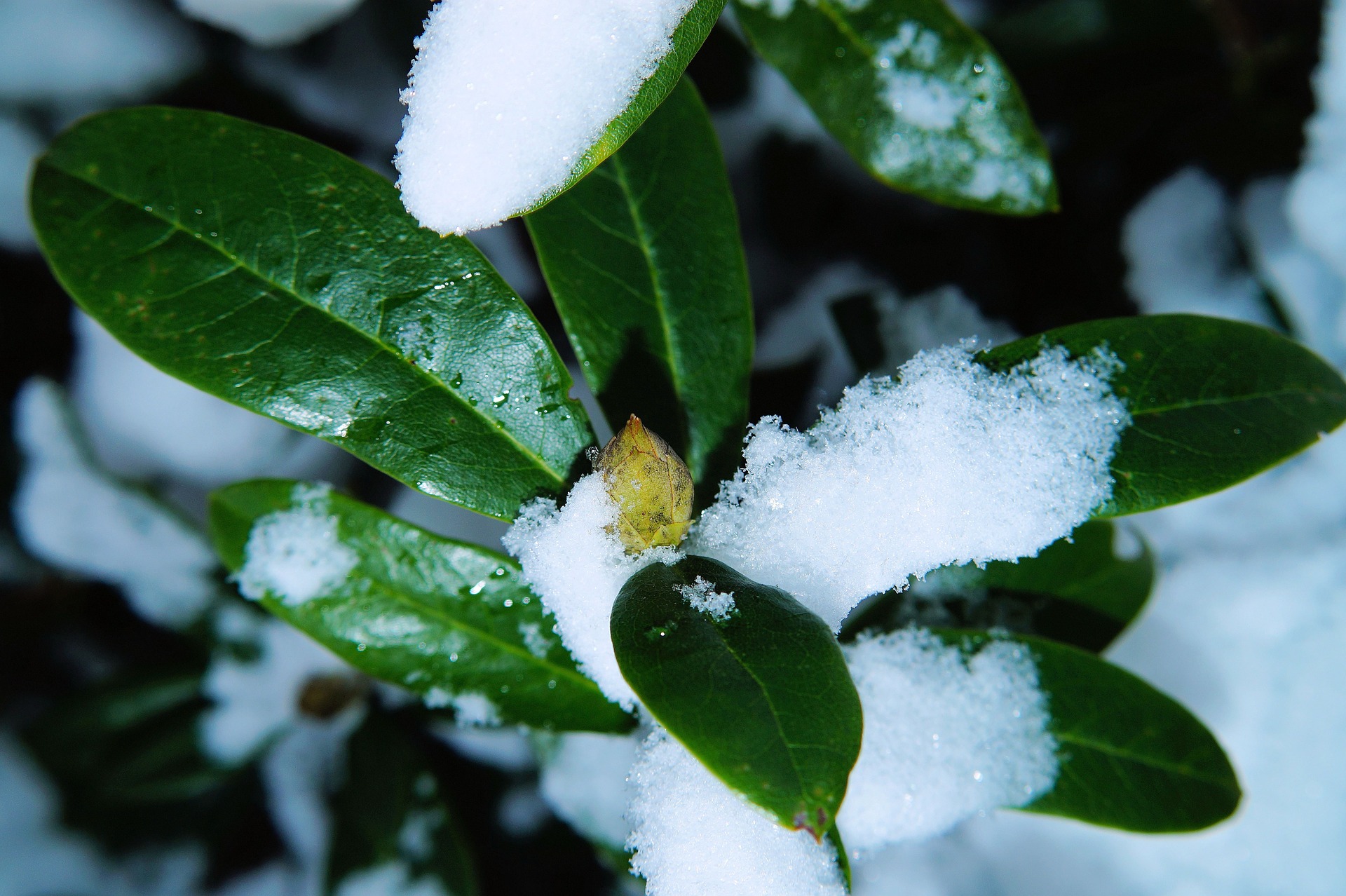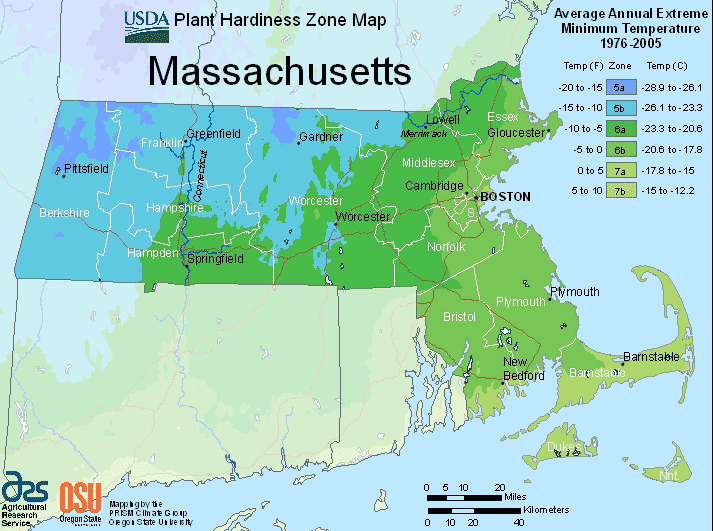
By R. Wayne Mezitt
Surprising as it may seem, the recent period of extended cold temperatures we’ve been through may actually be beneficial for our full enjoyment of flowers next spring. As challenging as we may perceive winter has been, all the weather we’ve experienced still falls pretty much within the expected “normal” range for this region. Plants are affected by absolute temperatures; they can become dehydrated by winds, but plants do not experience the “wind-chill-factor” we see so often on the weather reports.

How well the trees, shrubs and plants in our landscapes tolerate winter is affected by their winter hardiness physiology. Plant cold-hardiness differs among individual plants; it is determined genetically for each variety and cultivar. Most landscape plants used in this region are well adapted to tolerating cold temperatures within their hardiness rating. Referring to the USDA Hardiness Zone Map (below), our region is in Zone 6A where average annual extreme minimum temperatures are minus 10°F to minus 5°F.
Researchers tell us that each winter plants develop their optimum tolerance for cold temperatures with gradual acclimation. “Cold hardiness requires that the plants have acclimated properly through the natural process of lengthening nights and cool temperatures to become dormant. This is an active metabolic process requiring adequate moisture and proper nutritional balance.”[1] With the welcome rainfall last November and the normal progression into winter weather we went through in December, these weather conditions have been met.
Flower buds are generally less cold-hardy than growth buds on the same plant. The actual flower bud hardiness of each individual plant is determined by “the relationship between the degree of cold hardiness (supercooling ability of florets) and the acclimation intensity in flower buds.”[2] Buds are at their most-hardy condition when full dormancy conditions have been reached.
Since Christmas Day, recorded maximum temperature for the Hopkinton area never rose to freezing (that’s <32°F continuously for more than 2 weeks), and in that period, seven consecutive days recorded a maximum temperature below 20°F. The minimum recorded temperature briefly touched minus 13°F on January 2, only slightly below what’s considered normal for our Zone 6A hardiness rating. Leading up to this extended cold period was a gradual cooling period, so no sudden temperature changes occurred.
Based upon all of this, it’s reasonable to conclude that winter is progressing normally, plants have properly acclimated for their full winter hardiness and should perform normally in spring. The rhododendron flower buds I tested today for winter damage are still fully viable. Of course how each plant actually turns out depends upon other factors where it is growing, as well as what winter will be bringing going forward.
Wayne Mezitt is a 3rd generation nurseryman, a Massachusetts Certified Horticulturist, now chairman of Weston Nurseries of Hopkinton, Chelmsford & Hingham MA, and owner of “Hort-Sense”, a horticultural advisory business. He currently serves in various capacities on several horticulturally-related organizations, including the Massachusetts Horticultural Society at The Gardens at Elm Bank in Wellesley MA, and chairman for the Massachusetts Invasive Plant Advisory Group (MIPAG).
[1] Sally Perkins, The Rosebay Volume XXVI Spring 1999 official journal of the American Rhododendron Society Massachusetts Chapter, http://www.rosebay.org/chapterweb/rosebay/what_is_hardiness.html
[2] ibid









